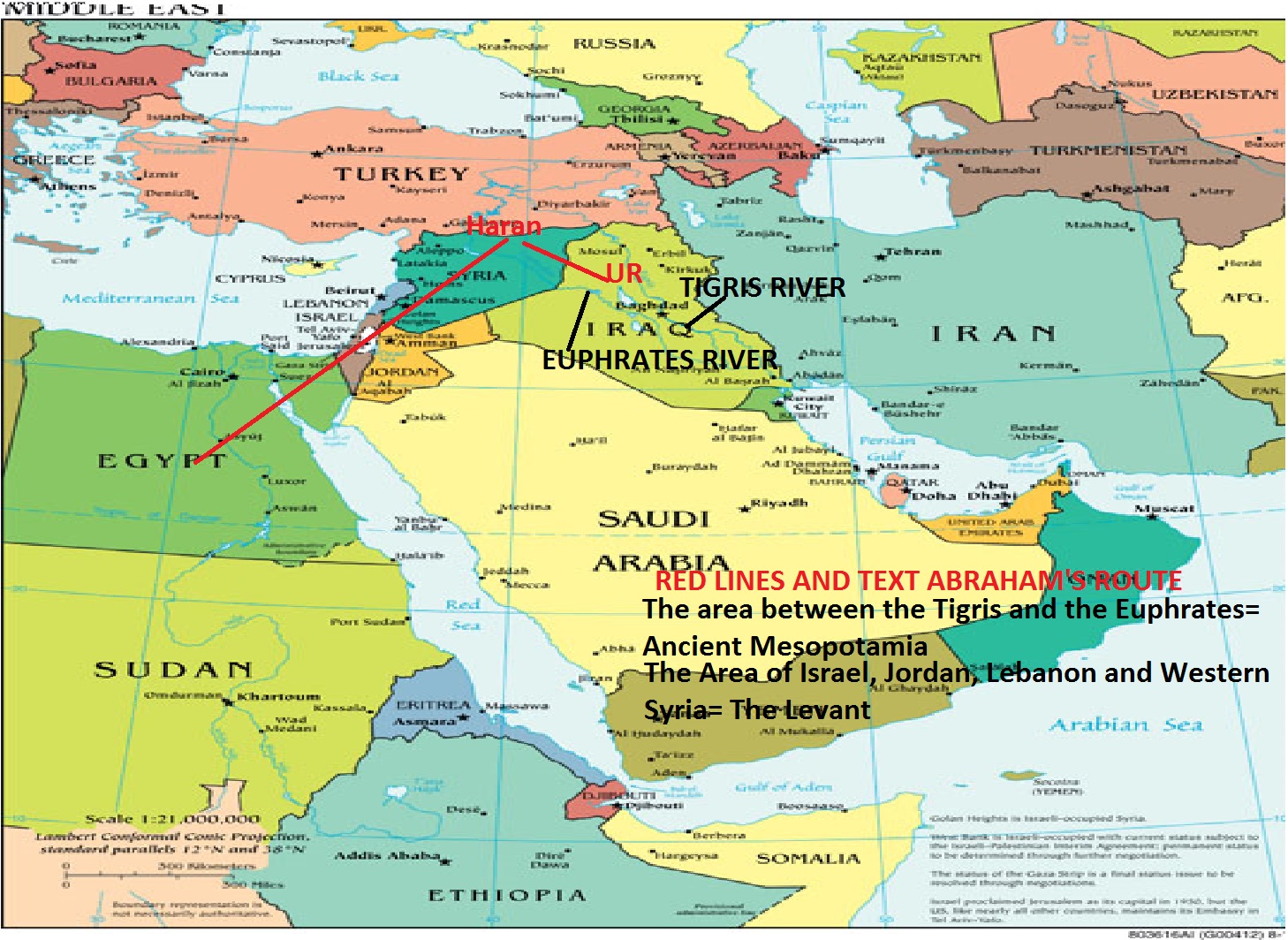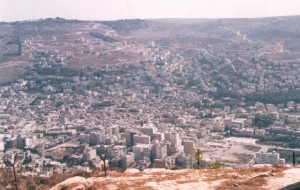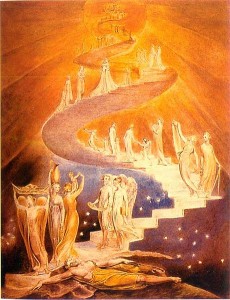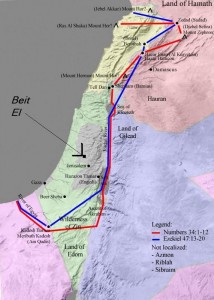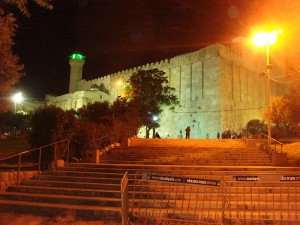Blogroll
- Ariel Zellman Research and publications about Israel
- Cats With Pens A blog about Reading, Writing and growing.
- FALSE DICHOTOMIES Alex Stein’s Blog about Israel
- Fun Joel's Israel Fun Joel’s Fun Israel Blog
- Gil Zohar Writer, Photographer, Sculptor and Tour Guide
- W3 EDGE, Optimization Products for WordPress
- Wandering the Holy Land My Blog
- Window on the Wall A blog about the Parshat Hashavuah (Torah Portion of the Week) and Israel News
- WordPress Plugins
Essential Services
- Jerusalem Dentist Expert Dental Care in Jerusalem with an English Speaking Dentist
Hotels and Guesthouses
- Le Jardin Ein Karem Le Jardin Ein Karem – A beautiful and quiet retreat in the picturesque village of Ein Kerem, perfect for a romantic getaway.
- My Jerusalem Studio Highly recommended Boutique Hotel in the Picturesque neighbourhood of Nachlaot.
Israel Culture
- Shoot East Short Films – Documentaries – Educational Videos
Israel Current Affairs
- Ariel Zellman Research and publications about Israel
- Window on the Wall A blog about the Parshat Hashavuah (Torah Portion of the Week) and Israel News
Israel Tour Guides
- Fun Joel's Israel Fun Joel’s Fun Israel Blog
- Gil Zohar Writer, Photographer, Sculptor and Tour Guide
- Israel Sunshine Tours My good friend and colleague Yaakov Sonnenchein’s Tour Guide website
- Nava Rosenbloom Fellow Tour Guide
Miscellaneous
- Jerusalem Dentist Expert Dental Care in Jerusalem with an English Speaking Dentist
- Tirtza's Marvellous Morning A Relaxing Boutique Spa in the outskirts of Jerusalem (women only)
Services
- Tirtza's Marvellous Morning A Relaxing Boutique Spa in the outskirts of Jerusalem (women only)
Sites in Israel
- Temple Mount Sifting Project archaeology, Temple Mount, Jerusalem, archaeological destruction, israel
Torah
- Window on the Wall A blog about the Parshat Hashavuah (Torah Portion of the Week) and Israel News
Tag Archives: genesis
Podcast: Yehudah and the 12 tribes
Passover Podcast: Jacob, The Exodus and The Wandering Aramean
Bibliography
Yalkut Shimoni: Midrash al Torah, Neviim u-Khetuvim. Yarid ha-Sefarim, Jerusalem 2006
Hagadah (any version with English translation)
Podcast 4: Isaac and Rebecca: The Other Hebrew
Bibliography
Hittite Treaties and Letters, D. Luckenbill
The American Journal of Semitic Languages and Literatures
Vol. 37, No. 3 (Apr., 1921), pp. 161-211
Reflections on The Mitanni Emergence, G. Schwartz
Berlin Studies of the Ancient World, Vol. 17
The Beginning of Desire: Reflections on Genesis, A Zornberg
Image Books 1996
Studies in Bereishit, Nechama Leibowitz
Jerusalem, WZO, 1976
Pseudo Translation of Yonatan ben Uzziel:
http://targum.info/targumic-texts/pentateuchal-targumim/
Please see the main Bibliography for more.
Bibliography for 1st 3 Podcasts and Timeline of History
Bibliography
Tanach – The Jewish Bible, an anacronym of Torah (1st 5 books), Nevi’im (prophets), Ketuvim (Witings). Any Hebrew Tanach with clear print will do. preferably with all the major commentaries for this you will need:
Tanach with Mikraot Gedolot.
The Jewish Bible: Tanakh: The Holy Scriptures — The New JPS Translation According to the Traditional Hebrew Text: Torah * Nevi’im * Kethuvim JPS Paperback – November 1, 1985
An English Translation of Rashi on the Pentateuch M. Rosenbaum and A.M. Silbermann (5 vols., London, 1929–34)
Carta Bible Atlas, Y. Aharoni, Hendrickson Publishers, 2015
Archaeological Encyclopedia of the Holy Land, A. Negev , Mackmillan, 1990 (constantly updated)
A Chronology of Israel, A Wolff, 2008
The Jewish People: Their History and Their Religion , D. Goldberg and J Rayner Penguin 1992
Biblical Archaeology Review, Ed. Herschel Shanks, 1975 – present,
The Beginnings of Israel: A Methodological Working Hypothesis, Zecharia Kallai, Israel Exploration Journal, Vol. 59, No. 2 (2009), pp. 194-203
Jar-burial Customs and the Question of Infant Sacrifice in Palestine, WH. Wood, The Biblical World, 36.4 1910
Bereishit (Genesis) Rabbah – A Hebrew midrash, a translation can be found at: http://www.sefaria.org/Bereishit_Rabbah
Midrash Tanchuma – Another Hebrew Midrash, a translation can be found at http://www.sacred-texts.com/jud/mhl/mhl04.htm
Podcast Episode One: Right From The Start: Abraham (Metchilah)
Welcome to my first podcast in the series: “The History of Judaism”. I shall be telling the History and story of the Jews from an educated Jewish Perspective. the first podcast focuses on Abraham and my decision to place this as the start of my narrative about Jewish History.
Here is a Map of Abraham’s Journeys:
Next time: A Journey to the Other Side: Abraham’s historical narrative
(The music in this podcast is “By Way of Haran” by Pharoah’s Daughter recreated under the following creative commons license “Live on WFMU’s Transpacific Sound Paradise 12/12/2009 byPharaoh’s Daughter is licensed under a Attribution-Noncommercial-No Derivative Works 3.0 United States License.” Check out the band at www.pharaohsdaughter.com/music.html )
Torah Portion: Vayishlach
Torah Portion: Vayetse – The Place of Jacob’s Ladder
“Jacob went out of Beer Sheba and went towards Haran. He touched the Place and went to sleep for the sun was going down…”
(Genesis (Bereishit) 28:10 -11)
In this week’s Torah portion, when Jacob leaves his parents to escape from his brother’s wrath and find a wife there is a very bizarre episode. He arrived at some un-named place which the hebrew text says he ‘touched’, he then went to sleep and had a fantastical dream where God appears to him promising him saftey and he sees Angels ascending and descending on a ladder to heaven. If this was n’t bizarre enough Rashi the 10th century scholar’s explanation of the text is even more wondrous.
Which Place?
Rashi locates the place as Mount Moriah, the place where Abraham nearly sacrificed Isaac and where the Temple of Solomon was built. This fits in thematically as the Binding of Isaac concerned God’s protection of Abraham and his progeny and the Temple of Solomon was a conduit to heaven as symbolised by the dream.
Hang on, does n’t Jacob Give the place a name?
When Jacob woke up from his dream he says:
‘this is the House of God (or Beit El) and this is the gate of heaven”
(Genesis 28 : 17)
He calls it Beit El, not Mount Moriah, and as we can see on this map, they are at two entirely different places.
Rashi and ‘Warpspace’
There are many explanations, some say Beit El is just meant figuratively, the ‘House of God’ means the Temple, not a place called ‘Beit El’ (not likely as the scripture goes to some lengths to tell us its former name; Luz). Possibly it refers to the position of the temporary Temple that existed before the Temple of Solomon or the Tabernacle. This was placed for a long period in Shiloh, just North of Beit El. My favourite explanation is Rashi’s, that the land (and some Rashi scholars say the fabric of the Universe itself) folded or ‘warped’ so that Jerusalem was the same place as Beit El.
The Place
In any case in hebrew the word place; ‘HaMakom’ is one of the names of God and reminds us that in every place, no matter how far we may feel we are from God, God is there.
Torah Portion: Chayei Sarah: the Caves of the Patriarchs
“Isaac and Ishmael buried Abraham in the Cave of Machpelah in the Field of Ephron the Hittite” (Genesis: 25:9)
This appearance of both Isaac and Ishmael at the funeral of Abraham is seen expressive of a situation where both Isaac and Ishmael were living in peace with one another. It is interesting to note that after burying Abraham in the place where Abraham buried his wife Sarah, Isaac then goes and lives in ‘Be’er Lehai Ro’i’ (The Well where Ishmael was saved by an angel). Seemingly Isaac actually dwelt with his brother and they operated with as a family unit (possibly including Hagar).
If one were to visit the Cave of the Patriarchs in Hebron, commonly identified as Machpelah. One would also see Jews and Muslims (traditionally thought of as the descendants of Isaac and Ishmael respectively) sharing the same building for prayer.
Torah Portion: Vayera ‘The Terebinths of Mamre’
“God appeared to Abraham at the Terebinths of Mamre“
(Genesis 18:23)
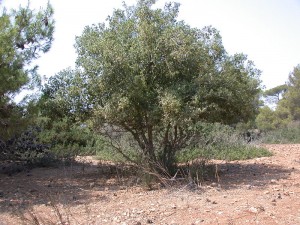 What’s a Terebinth?
What’s a Terebinth?
The word in Hebrew here is ‘Alon’ which refers to Oak rather than Terebinth, which is a different kind of tree. The Picture above is of a ‘Quercus Calliprinos’ or ‘Palestine Oak’, which can be seen all over Israel.


